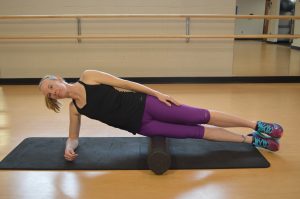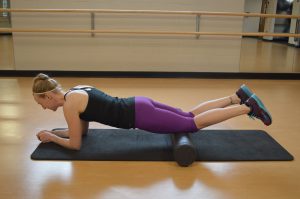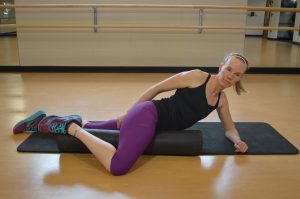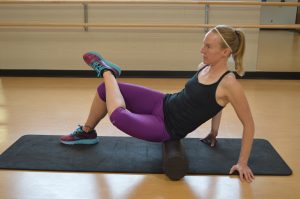Our bodies are amazing at adapting and protecting. Prime examples of this are the bursae found throughout the body. These are fluid-filled sacs that help to prevent excessive friction between the tendon and the bone.
When one of these become irritated and inflamed, it is called Bursitis is inflammation. In the hip, bursitis can lead to pain in several areas, depending on which bursae is inflamed.
Iliopsoas bursitis causes pain in the front of the hip and is most often painful with walking and running motions or even just lifting your knee toward your chest. Trochanteric bursitis causes pain on the outside of the hip, and those who have this injury find it painful to lie on their side and have pain on the outside of the hip with walking and running. Ischiogluteal bursitis causes pain under the sit bone and is painful with sitting on a hard surface for a prolonged amount of time.
The bursae can be injured with a traumatic blow to the area, but are more commonly injured through overuse. Typically, if the pain doesn’t improve and instead worsens with progression into an activity, the bursae is likely at least part of the structures involved. Bursitis is also likely to be point tender so when you press upon the area, it will be painful. Relieving muscle tension reduces the pressure on the bursae. Through muscle release techniques and strengthening to reduce muscle imbalances, relieving pressure can be very effective in treatment. For iliopsoas bursitis, releasing the hip flexors is the most important myofascial release. For trochanteric bursitis, releasing the quads, IT band, and gluteal muscles can provide some relief of pressure. For ischiogluteal bursitis, releasing gluteal and hamstring muscles can provide relief. Below are some descriptions for foam rolling techniques that can release the muscles mentioned above.
- IT Band: Place the foam roller under the outside of your upper leg and roll from your hip to your knee. It is important that you refrain from rolling over the bony area on the outside of your hip and that you do not roll over the knee joint in this position. Repeat for 1-2 minutes. If there are places that are sore, work slowly over those areas.

- Quadriceps: Facing the ground with the foam roller under your thighs, roll from hips to just above the kneecaps. Do not roll onto the kneecaps. Repeat for 1-2 minutes. If there are places that are sore, work slowly over those areas.

- Adductors (groin): While on your side, place one leg on top of the foam roller, roll the inside of you leg. Repeat for 1-2 minutes. If there are places that are sore, work slowly over those areas.

- Gluteal Muscles: Sitting on the foam roller, place one ankle on the opposite knee. Leaning back, roll back and forth through the gluteal muscles. Repeat for 1-2 minutes. If there are places that are sore, work slowly over those areas.

- Hamstrings: Face up, place the foam roller under your thighs and roll back and forth. If not deep enough, stack one leg on top of the other for a deeper release. Repeat for 1-2 minutes. If there are places that are sore, work slowly over those areas.

For more information on specific exercises to manage hip pain or other injuries, check out my ebook: Pain-free Running!
